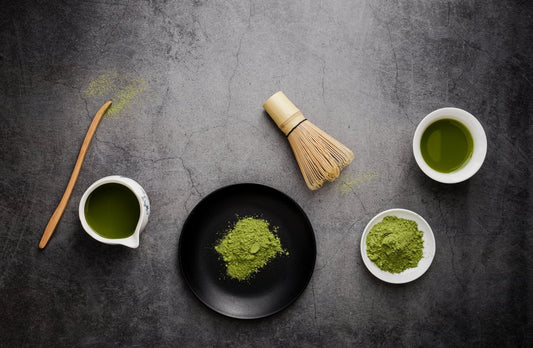Introduction: Unravelling the Mystery of Oolong Tea's Fermentation
Oolong tea, known for its distinct taste and aroma, has a complex fermentation process that sets it apart from other teas. This post delves into the fascinating science behind oolong tea's unique fermentation process and the many benefits it has to offer.

Understanding Fermentation: What Is It?
Fermentation involves microorganisms like yeasts, bacteria, or fungi breaking down carbohydrates to yield energy without oxygen. Oolong tea's fermentation is partial, undergoing oxidation to give it its unique flavour and aroma. This partial oxidation differentiates oolong tea from others.
Crafting Stage: Where Fermentation Happens
The fermentation of oolong tea takes place after plucking, during the crafting stage. Four main steps are involved:
- Withering: The leaves dry to reduce moisture content.
- Bruising: Leaves are shaken and rolled to break cell walls, releasing enzymes.
- Oxidation: Leaves dry in the sun or a temperature-controlled room.
- Firing: The leaves are heated to stop oxidation.
Health Benefits: More Than Just Taste and Aroma
Oolong tea's unique fermentation process provides health benefits, such as higher concentrations of polyphenols, antioxidants, and catechins. These compounds help reduce risks of chronic diseases like heart disease, cancer, and diabetes. Oolong tea also aids weight loss, improves brain function, and reduces stress levels.
Caffeine Content: Light or Dark Fermentation
Oolong tea's fermentation process affects its caffeine content. Lightly fermented oolong tea typically has lower caffeine than darkly fermented tea, making it suitable for those seeking moderate caffeine consumption.
Conclusion: Appreciating the Science in Your Cup
Oolong tea's distinct taste, aroma, and health benefits result from a complex process involving withering, bruising, oxidation, and firing. This partial oxidation leads to higher concentrations of beneficial compounds. Enjoy your next cup of oolong tea with a deeper understanding of the fascinating science behind it!



